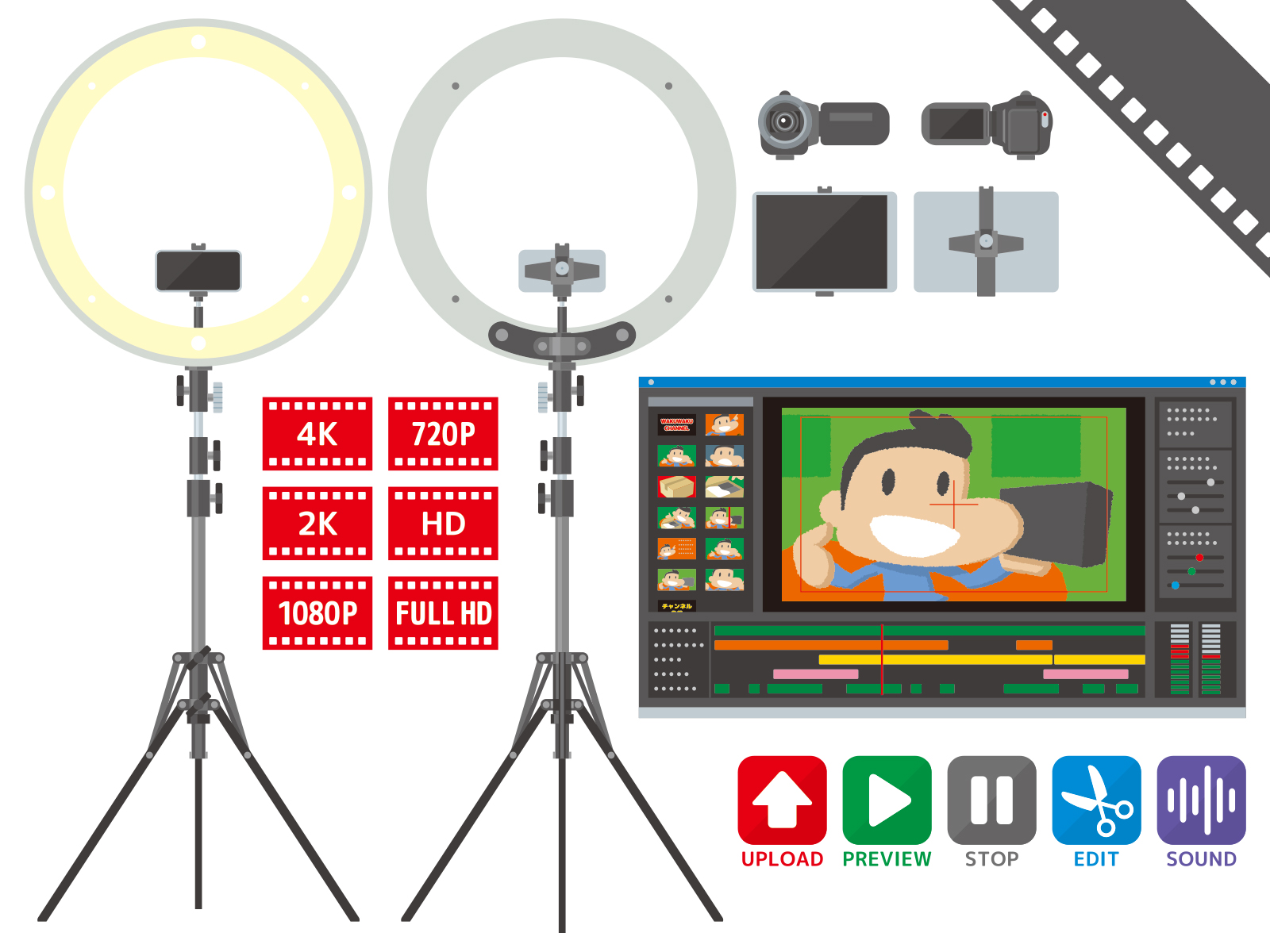Contents
- 1 Introduction to My Neighbor Seki and Its Unique Humor
- 2 Plot Summary: Seki’s Wild Imagination and Yokoi’s Reactions
- 3 Character Analysis: The Mischievous Seki and Observant Yokoi
- 4 Creative Visuals and the Animation Style of My Neighbor Seki
- 5 Why My Neighbor Seki Stands Out in Comedy Anime
- 6 Supervisors
Introduction to My Neighbor Seki and Its Unique Humor
 My Neighbor Seki (Tonari no Seki-kun), a delightful blend of comedy and slice-of-life, takes place in the everyday setting of a Japanese classroom. This anime cleverly captures the humorous antics of Seki Toshinari, a high school student whose creative “distractions” bring laughter and unpredictability to what would otherwise be an ordinary school day. Seki’s creativity knows no bounds, and his desk-side “projects” include elaborate dominoes, action-packed mini-dramas, and surprising inventions—all devised to keep himself entertained during class.
My Neighbor Seki (Tonari no Seki-kun), a delightful blend of comedy and slice-of-life, takes place in the everyday setting of a Japanese classroom. This anime cleverly captures the humorous antics of Seki Toshinari, a high school student whose creative “distractions” bring laughter and unpredictability to what would otherwise be an ordinary school day. Seki’s creativity knows no bounds, and his desk-side “projects” include elaborate dominoes, action-packed mini-dramas, and surprising inventions—all devised to keep himself entertained during class.
What makes this setup especially entertaining is the perspective of Rumi Yokoi, Seki’s neighboring classmate. Despite her best efforts to focus, Yokoi finds herself irresistibly drawn to Seki's antics, often getting caught up in his imaginative worlds. Her reactions, ranging from shock to intrigue to exasperation, serve as the comedic lens through which we experience Seki's mischief. This dynamic gives the anime a relatable yet fresh twist on the familiar high school setting, with Yokoi’s humorous commentary reflecting the audience's own reactions to Seki's antics.
Based on the popular manga by Takuma Morishige, My Neighbor Seki was brought to life as an anime adaptation, showcasing simple yet expressive animation that highlights each episode's hilarious scenarios. Released to immediate acclaim, it became known for its focus on visual humor and clever, wordless storytelling. For those looking to enjoy short, light-hearted episodes, My Neighbor Seki stands out as a refreshing take on classroom comedy, proving that sometimes the most entertaining shows can emerge from the simplest settings.
Plot Summary: Seki’s Wild Imagination and Yokoi’s Reactions
 The core of My Neighbor Seki revolves around the endlessly inventive Seki and his unsuspecting classmate, Rumi Yokoi. Each episode features Seki creating intricate, often hilarious distractions on his desk—whether it’s a miniature golf course, an intense shogi match, or a complex domino setup. Seki’s wild imagination transforms mundane classroom time into mini-spectacles, blending creativity and humor. Yet, what really elevates the show’s charm is how Yokoi reacts. Though she’s determined to ignore him, Yokoi finds herself drawn into his bizarre “games,” cycling between awe, frustration, and amusement.
The core of My Neighbor Seki revolves around the endlessly inventive Seki and his unsuspecting classmate, Rumi Yokoi. Each episode features Seki creating intricate, often hilarious distractions on his desk—whether it’s a miniature golf course, an intense shogi match, or a complex domino setup. Seki’s wild imagination transforms mundane classroom time into mini-spectacles, blending creativity and humor. Yet, what really elevates the show’s charm is how Yokoi reacts. Though she’s determined to ignore him, Yokoi finds herself drawn into his bizarre “games,” cycling between awe, frustration, and amusement.
This setup is brilliantly simple yet incredibly effective. Seki’s unspoken antics allow the visuals to do the storytelling, while Yokoi’s whispered commentary reflects the audience’s own fascination with Seki’s unpredictable schemes. Her growing curiosity, and sometimes outright disapproval, add layers to each episode, making her reactions just as entertaining as Seki’s antics. It’s a show that cleverly plays on the idea of observational humor, letting viewers feel as if they’re “in” on the secret happenings of the classroom.
The episodic nature of My Neighbor Seki means each episode brings a fresh twist, with viewers eagerly anticipating Seki’s next quirky invention and Yokoi’s priceless responses. It’s a dynamic that never grows old and keeps audiences hooked with its short, light-hearted episodes. For anyone who enjoys humor rooted in everyday situations or simply wants to witness the lengths of one student’s creativity, My Neighbor Seki delivers unique, episodic laughs that are as charming as they are ingenious.
Character Analysis: The Mischievous Seki and Observant Yokoi
 At the heart of My Neighbor Seki are two contrasting personalities: the inventive troublemaker Seki Toshinari and his ever-watchful classmate, Rumi Yokoi. Each character brings a unique energy to the show, shaping its lighthearted humor and episodic charm. Seki, the “silent comedian,” hardly utters a word throughout the series but lets his intricate and unusual desk projects speak for him. His seemingly endless creativity turns ordinary objects into elaborate setups, ranging from miniature battlefields to dramatic re-enactments with erasers as characters. Seki’s unspoken antics keep the audience amused as they wonder just how far he’ll go to entertain himself during class.
At the heart of My Neighbor Seki are two contrasting personalities: the inventive troublemaker Seki Toshinari and his ever-watchful classmate, Rumi Yokoi. Each character brings a unique energy to the show, shaping its lighthearted humor and episodic charm. Seki, the “silent comedian,” hardly utters a word throughout the series but lets his intricate and unusual desk projects speak for him. His seemingly endless creativity turns ordinary objects into elaborate setups, ranging from miniature battlefields to dramatic re-enactments with erasers as characters. Seki’s unspoken antics keep the audience amused as they wonder just how far he’ll go to entertain himself during class.
Meanwhile, Yokoi serves as the perfect counterpart to Seki’s antics. Although she’s a diligent student at heart, Yokoi’s curiosity gets the better of her as she finds herself drawn into Seki’s peculiar world of desk-bound adventures. Her reactions bring a relatable element to the show; she tries to focus on her studies but inevitably gets absorbed by Seki’s “games,” much like the audience. Her inner monologues express a mix of frustration, wonder, and sometimes even reluctant admiration for Seki’s imagination. Yokoi’s running commentary, combined with her exaggerated expressions and attempts to hide her interest from the teacher, enhances the comedic experience.
What sets My Neighbor Seki apart is this interplay between Seki’s silence and Yokoi’s narration. Their dynamic is a brilliant balance of quiet visual gags and expressive internal thoughts. Seki doesn’t need dialogue to be humorous; his actions speak louder than words. Meanwhile, Yokoi’s monologues give voice to the audience’s own reactions, adding an extra layer of engagement. This unique character-driven approach to comedy makes each episode a fun blend of wit and surprise, capturing the timeless appeal of a good, silent prankster paired with an expressive observer.
Creative Visuals and the Animation Style of My Neighbor Seki
 My Neighbor Seki captivates viewers with its unique animation style that highlights Seki's boundless imagination, transforming ordinary classroom moments into entertaining spectacles. The animation approach is simple yet effective, using expressive visuals and clever designs to breathe life into Seki’s outlandish desk activities. Instead of relying on flashy scenes, the show employs a minimalistic style that centers the focus on Seki's creative “games,” which range from elaborate domino structures to intense miniature robot battles. By doing so, the animation allows viewers to become fully immersed in his imaginative setups.
My Neighbor Seki captivates viewers with its unique animation style that highlights Seki's boundless imagination, transforming ordinary classroom moments into entertaining spectacles. The animation approach is simple yet effective, using expressive visuals and clever designs to breathe life into Seki’s outlandish desk activities. Instead of relying on flashy scenes, the show employs a minimalistic style that centers the focus on Seki's creative “games,” which range from elaborate domino structures to intense miniature robot battles. By doing so, the animation allows viewers to become fully immersed in his imaginative setups.
One of the defining features of My Neighbor Seki is its use of almost no dialogue. Seki himself remains virtually silent, while Yokoi’s reactions—both verbal and non-verbal—convey the story’s humor and surprise. This setup relies heavily on visual storytelling, where Seki’s desk-based antics unfold with a natural rhythm that doesn’t need words to be engaging. For instance, in episodes where Seki constructs domino towers or enacts historical battles with action figures, the careful detail of each motion builds the suspense and humor. Each scene is crafted to pull the viewer into Yokoi’s perspective, as we wonder how far Seki will go with his latest invention.
This emphasis on visual comedy elevates the show’s charm, particularly through the contrast between Yokoi’s attempts to stay focused on her studies and her inevitable fascination with Seki’s antics. The animation captures every emotion on her face—from curiosity to frustration to awe—making her reactions an essential part of the humor. The combination of expressive visuals and minimal dialogue creates a distinctively “silent comedy” atmosphere that relies on exaggerated expressions and well-timed movements.
Ultimately, the animation style of My Neighbor Seki transforms simple desk games into iconic moments that stay with the viewer. The series doesn’t need complex storytelling or intricate background art to entertain; instead, it shines through clever visual sequences that keep viewers eagerly anticipating Seki’s next creation. This unique approach gives the show a refreshing simplicity, focusing on the characters’ interactions and Seki’s endlessly inventive spirit, making it a delightful watch for anyone who appreciates a clever and visually-driven sense of humor.
Why My Neighbor Seki Stands Out in Comedy Anime
 My Neighbor Seki has quickly become a standout series in the slice-of-life and comedy anime genres, thanks to its unique approach to humor and visual storytelling. Unlike many comedy anime that rely on witty dialogue and verbal punchlines, My Neighbor Seki places a strong focus on visual humor through the silent but expressive antics of its protagonist, Seki, and the curious reactions of his desk neighbor, Rumi Yokoi. The simplicity of the setup—two students in a classroom—allows for creativity to shine in each episode, as viewers are treated to a fresh, inventive "game" or distraction from Seki that never fails to surprise.
My Neighbor Seki has quickly become a standout series in the slice-of-life and comedy anime genres, thanks to its unique approach to humor and visual storytelling. Unlike many comedy anime that rely on witty dialogue and verbal punchlines, My Neighbor Seki places a strong focus on visual humor through the silent but expressive antics of its protagonist, Seki, and the curious reactions of his desk neighbor, Rumi Yokoi. The simplicity of the setup—two students in a classroom—allows for creativity to shine in each episode, as viewers are treated to a fresh, inventive "game" or distraction from Seki that never fails to surprise.
Fans of the series often highlight the show's originality as a major draw. The episodes are short, making it easy to enjoy in bite-sized pieces, but they pack a lot of creativity into every minute. Whether Seki is setting up an elaborate domino chain, reenacting historical battles with action figures, or building entire worlds on his desk, the series keeps viewers intrigued with the pure unpredictability of what he’ll do next. This creative approach has earned My Neighbor Seki a dedicated fanbase who appreciate the show’s ability to transform everyday school moments into scenes of imaginative play.
Viewer reactions often emphasize the lighthearted, almost whimsical nature of the anime, with many finding it to be a refreshing break from typical high-energy comedy shows. The interactions between Seki and Yokoi are humorous yet relatable; while Yokoi is the straight-laced student trying to concentrate, she’s equally drawn in by Seki’s creativity, mirroring the audience's own curiosity. Her internal commentary and reactions are a clever storytelling device that amplifies the comedy without needing elaborate dialogue or complicated plots. This style has resonated with fans looking for anime that doesn’t take itself too seriously and can be enjoyed in short, fun bursts.
In a genre filled with often predictable high school setups, My Neighbor Seki offers something different. Its focus on visual humor and episodic stories centered around simple yet imaginative ideas sets it apart from traditional school-life anime. For anyone who enjoys creative, playful humor and is looking for a series with fresh laughs and short episodes, My Neighbor Seki is a must-watch. Its unique premise and character dynamics ensure it stays entertaining and memorable, capturing the joy of childhood imagination and turning it into a delightful viewing experience.



